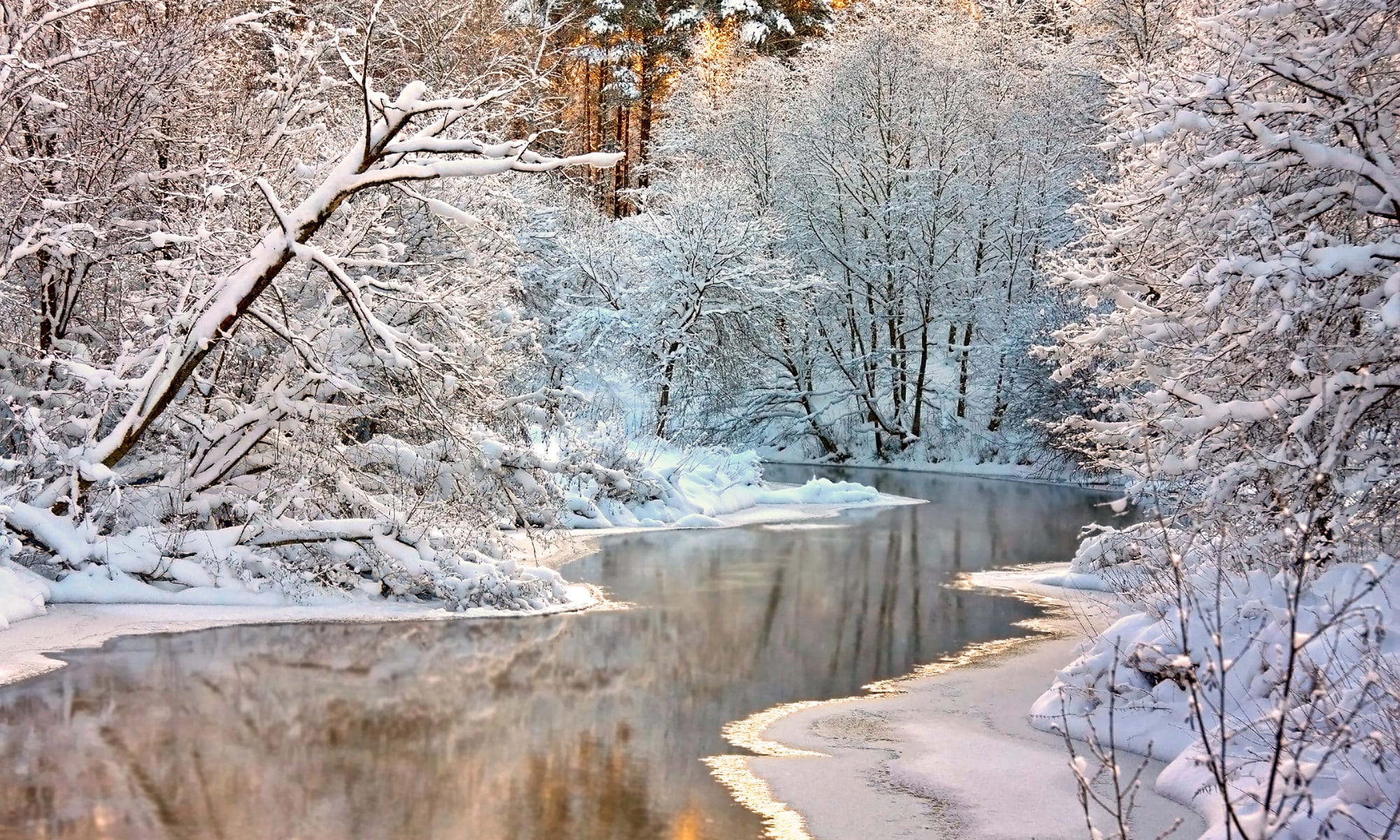In part one of this two-part blog series recently, we went over several curious facts about winter weather and the water considerations that come along with it. As one of the wettest periods of the year in many parts of the world, we at Kinetico have a great interest in winter and water interactions.
Here in part two, let’s continue where we left off. Here is another set of remarkable facts you may not have known about winter weather around the globe.
Snowy City
Every year, citizens of Aomori City in northern Japan receive an average of about 312 inches of snowfall, a remarkable amount. This is about 26 feet of snow per year! This is the most average snow received of any major city on earth.
Salt
Salt is used on roads around the world to help remove ice and snow, and in the US alone, over 22 million tons of salt are used per year. That’s about 137 pounds of salt per person, per year.
Wind Chill
When talking about temperatures, have you ever heard the term “wind chill” used? This refers to the “true” feel of temperature – the air may be a given temperature, but wind speeds can make it feel even colder. This is calculated using a precise formula that we won’t even list here due to its complexity.
Snowball Formation
When we think of snowballs, we think of someone picking up a bunch of snow, then packing it together to make a snowball. But in some parts of the world, snowballs actually form on their own – “ice orbs” have been found in Siberia that reach nearly three feet in width.
Wet Snow and Snowmen
When building a snowman, you always want to go for wet snow. The perfect snow-to-water ratio, as determined by one scientist, is 5:1.
Snow Disposal
In some cities, there’s so much snow that it creates an issue with finding space to dispose of it. Certain large cities even dump snow in the ocean, but this takes heat from environmental organizations. Others use snow melters to melt snow at a high hourly rate, but this can be expensive and burn fuel.
Snowflakes Not Always Unique
We’ve all heard the legend that every snowflake is unique, and while this is usually true, there’s at least one instance of truly identical snowflakes. This happened in 1988 in Wisconsin.
Freezing Rain Versus Sleet
You may think of these two as the same things, but they aren’t. Sleet is a slushy form of water that’s semi-frozen by the time it hits the ground, while freezing rain is fully frozen.
For more on winter and water, or to learn about any of our water filtration systems, speak to the pros at Kinetico today.

